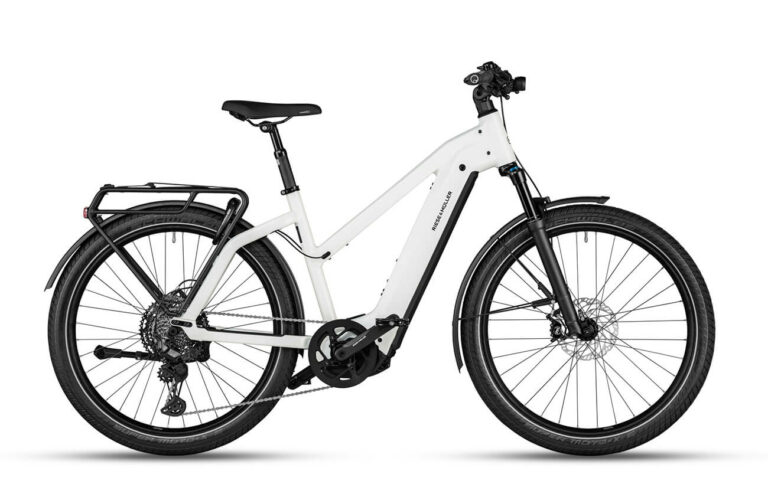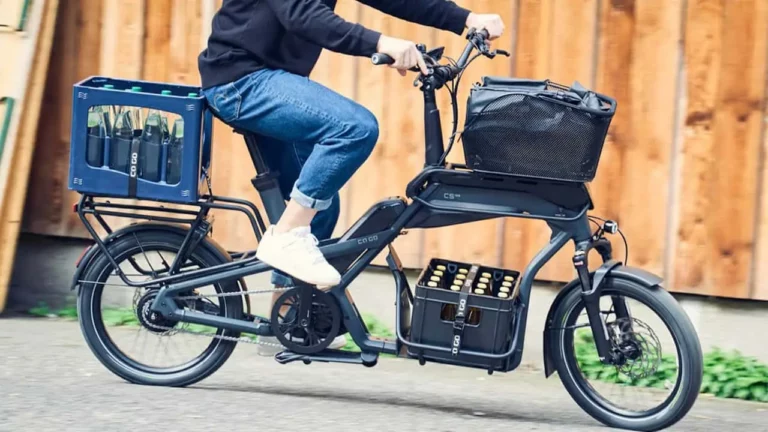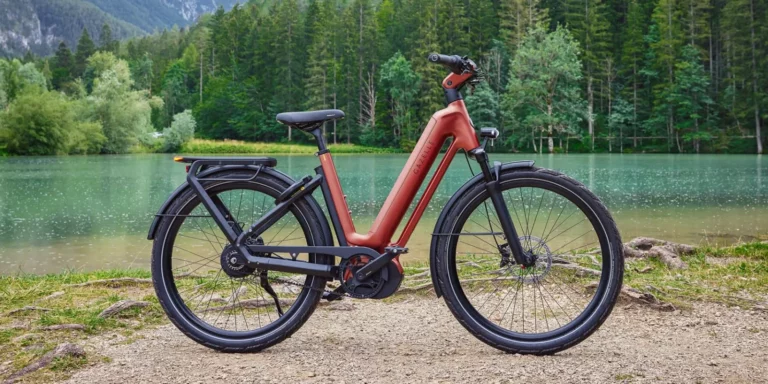Future of Torque-Sensing Technology in E-bikes
Electric bikes (e-bikes) have seen rapid growth and evolution over the past decade. Once viewed as a niche product, e-bikes are now mainstream, with sales exploding globally. The e-bike market is projected to reach $92 billion by 2030.
A key technology that has enabled major leaps in e-bike performance and experience is torque sensing. Torque sensors measure a rider’s pedaling force and allow the motor to respond seamlessly. This creates a natural biking feel unmatched by early e-bike systems.
As technology progresses, torque sensing holds incredible potential to further revolutionize e-bikes. This article will explore the future of torque sensing technology and how it will shape the e-bike industry.
Current State of Torque-Sensing Technology
What is a Torque Sensor?
A torque sensor detects rotational force applied to the crank arms and sends this data to the motor controller. It enables the motor to apply power proportional to the rider’s efforts for a seamless, natural ride feel.
Core Benefits
Key benefits torque sensors provide over basic cadence sensors include:
- Natural pedal assist response
- Increased control and efficiency
- Enhanced trail handling and performance
- More exercise for the rider
Design and Integration
Torque sensors are typically integrated into the bottom bracket area. Higher-end systems may have multiple torque sensors to tune power delivery precisely.
Advanced torque sensor designs are compact, durable, and waterproofed to handle off-road riding. They connect to the motor controller area via wires or wireless protocols like ANT+ or Bluetooth.
Ongoing Torque Sensor Innovations
Though already advanced, torque sensor tech continues to innovate rapidly in the market.

Sensitivity
More sensitive torque sensors precisely register ultra-light pedal force for immediate motor assist. This allows near-instantaneous take-off power that exactly matches the rider’s input.
Multiple Sensor Integration
Higher-end e-bikes may soon use multiple torque sensors working together for more nuanced power delivery. Moreover, data from sensors at different points creates a detailed force map for the motor controller.
Advanced Pedal Analysis
Next-generation torque sensors combined with pedal rotation sensors can determine exactly where extra power is needed in the pedal stroke. This “Pedal Assist 3.0” mode eliminates dead spots for perfectly smooth assistance.
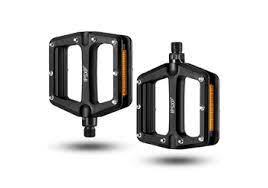
Increased Durability
Torque sensors continue to get smaller and more durable to handle rugged mountain biking conditions. Future sensors will be nearly impervious to dust, moisture, and hard impacts.
Pros & Cons of Torque-Sensing Technology in E-Bikes
The main pros and cons of torque sensing technology in e-bikes are:
Pros:
- Provides a more natural and authentic cycling experience that mimics a traditional bike.
- Increased efficiency and range due to precisely modulated power output.
- Enhanced control, handling, and performance on trails.
- Allows for expanded capabilities and possibilities on an electric bike.
Cons:
- Generally, it is a more expensive system compared to basic cadence sensors.
- It can be fragile and impacted by vibrations if not properly protected.
- Requires expertise in multiple engineering disciplines to design properly.
- Rotating electronics may be required, adding cost and complexity.
Why Do Torque Sensor E-bikes Represent the Future of E-Bikes?
More Efficient and Optimized Power Delivery
The key benefit of torque sensors is their ability to modulate power output based on the rider’s pedaling input force. Unlike basic cadence sensor ebikes which simply detect pedaling motion, torque sensors precisely measure pedal pressure. This allows the motor to provide proportional assistance – more power when the rider pedals harder, and less when coasting or soft pedaling. This optimized power delivery is more akin to riding a traditional bike, resulting in a natural feel. Additionally, by syncing motor output to human input, torque sensor systems are significantly more efficient. This leads to an extended range compared to throttle-only ebikes using the same battery.
Intuitive and Enjoyable Ride Experience
Torque sensor e-bikes provide an intuitive and enjoyable riding experience owing to their responsive assistance and efficiency. The dynamic power delivery reacts instantly to changes in terrain, allowing riders to tackle hills and accelerate rapidly while expending less effort. This makes torque-sensor bikes ideal for trails, hills, and stop-and-go city riding. The natural pedal feel also appeals to cycling enthusiasts who want an electrified ride without losing the traditional biking experience.
Versatile for Various Riding Situations
Torque sensor motors can handle a wide variety of riding situations and conditions with the ability to optimize power. From gentle cruising to aggressive uphill pedaling, the sensor calibrates assistance to match the rider’s effort. This versatility also enables torque sensor electric bikes to work well across different bike styles from road to mountain. The intuitive power delivery integrates smoothly whether riding for fitness, adventure, or transportation.
Promotes Fitness and Exercise
Unlike throttle-controlled electric bikes which can tempt riders to rely solely on motor power, torque-sensor bikes incentivize pedaling. By modulating assistance to match human input, the rider still gets an effective workout from pedalling. This makes torque sensor e-bikes great for older riders or those recovering from injury, providing a gentle power boost when needed. For athletic riders, it allows pushing harder to climb hills faster while avoiding overexertion.
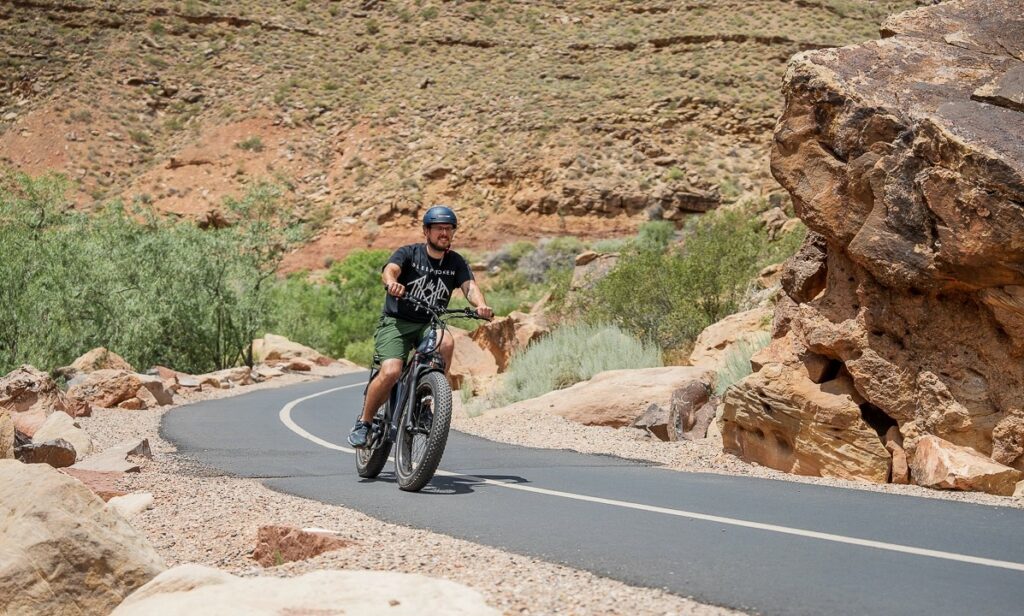
AI and Smart Torque Sensing
Artificial intelligence (AI) and smart technology will intertwine with torque sensing to create a highly personalized, intuitive electric bike experience.
Rider Profile Optimization
Onboard computers will store rider data like weight, height, power output, and preferred assist settings. AI algorithms will then tune torque sensor parameters for ideal power delivery.
Terrain Response Tech
Using sensor data fusion, e-bikes may soon automatically adapt torque sensor output and pedal assist levels based on trail conditions. Hence, GPS mapping could even make adjustments predictive.
Fitness Training Integration
Future electric bikes may integrate with fitness wearables and training platforms. Torque-sensing settings would then adjust automatically to sync with specific workout targets and optimize training.
Advancing Torque Sensor Motors
Torque-sensing will pair with new motor designs to uncover performance potentials not yet seen in e-bikes.
Hyper-Efficient Pedal Assist
Pedal assist modes powered by torque sensor data will achieve new levels of efficiency. Less battery power will be wasted, extending range dramatically.
Direct Drive Hub Motors
More powerful direct-drive hub motors with finely tunable torque sensing will sharpen handling for aggressive trail riding. Weight savings vs mid-drives also allow advanced suspension designs.
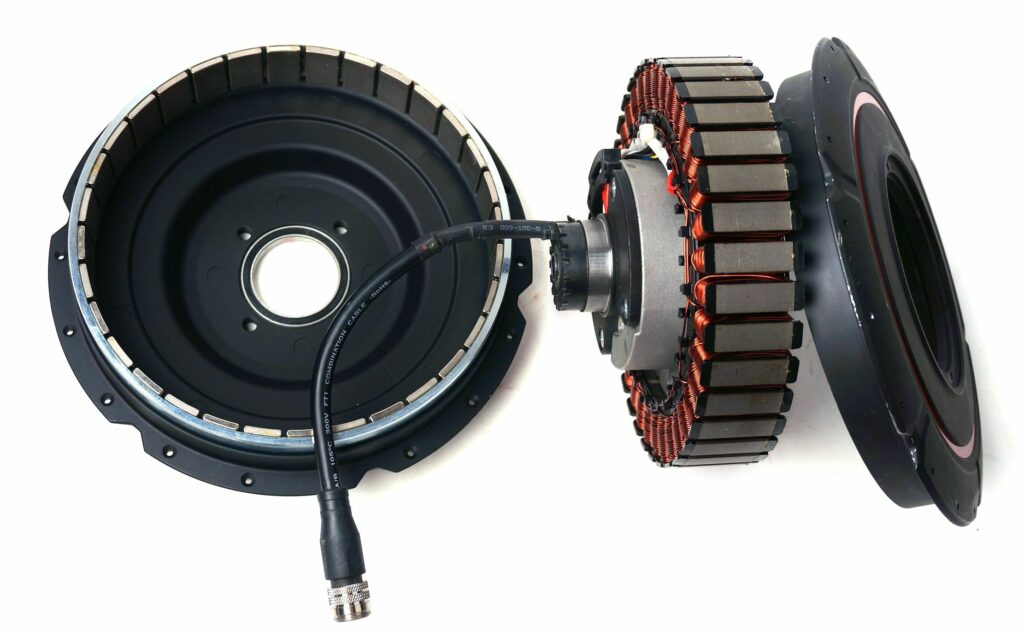
High-Torque Mid-Drive Units
Next-gen mid-drive motors producing over 120Nm of torque will leverage multiple torque sensors to maintain traction during hard accelerations. This brute power under control creates motorcycle-like thrills.
Enabling New E-Bike Categories
Integrating torque sensing and pedal data unlocks possibilities for entirely new electric bike categories and riding styles.
Electric Dirt Jump Bikes
Light, nimble e-bikes built for launching off jumps and tricks are now possible with torque sensor-controlled hub motors. Riders can hit bigger features with less effort.
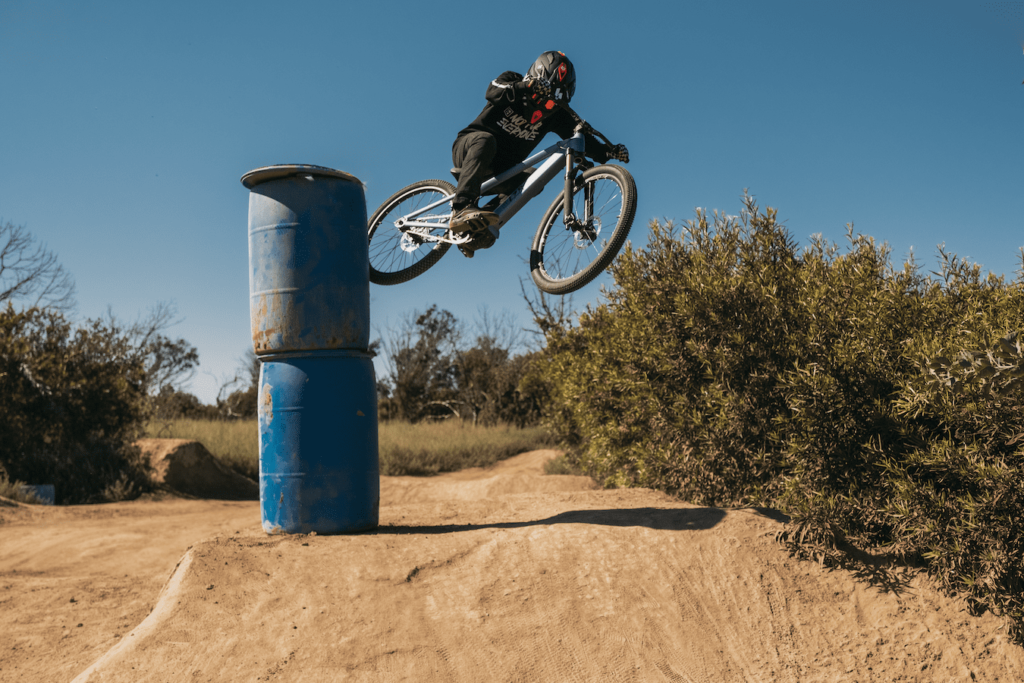
Electric Trials Bikes
Pedal input responsive electric trial bikes open competitions to more riders while retaining extreme technical demands. Crowd-pleasing backflips and vertical climbs are now accessible.
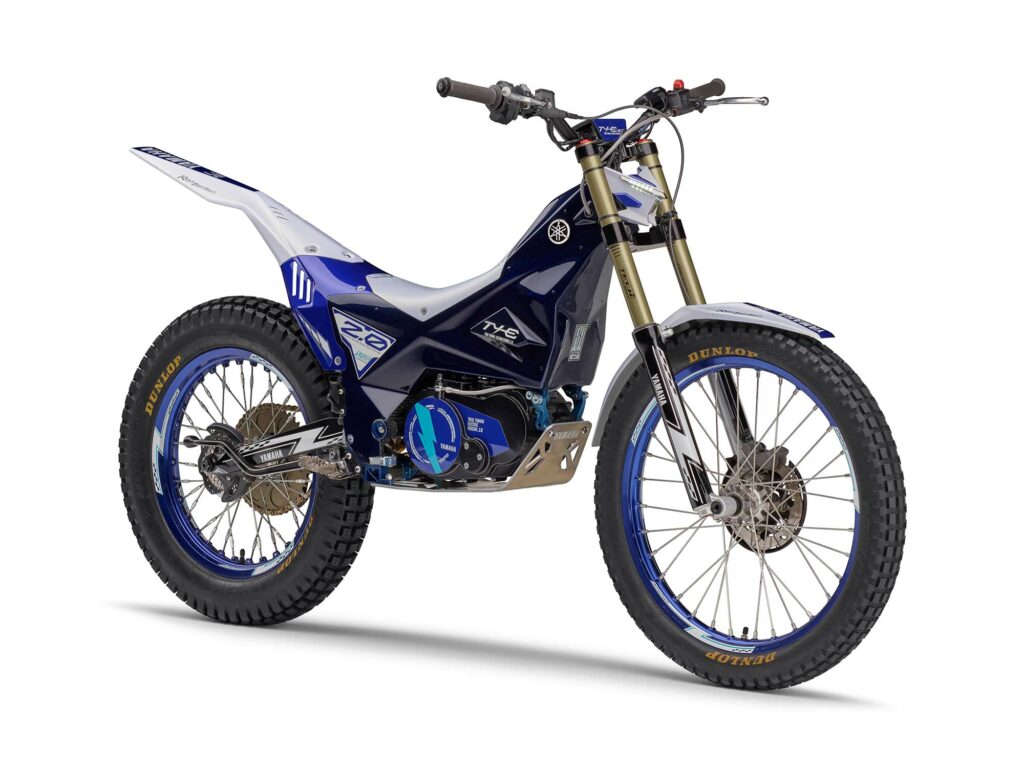
Adaptive E-bikes
Future torque-sensing bikes may adjust motor output automatically to match the abilities of disabled riders. This allows the freedom of cycling for those with conditions affecting mobility or balance.

Take Away
Torque-sensing technology has already had a monumental impact, driving the rapid rise of e-bikes. As the technology continues advancing, it will bring unmatched efficiencies, capabilities, and experiences. Torque sensors show no signs of plateauing, but rather an endless potential to reshape cycling as we know it. The future of torque sensing in e-bikes burns bright.



